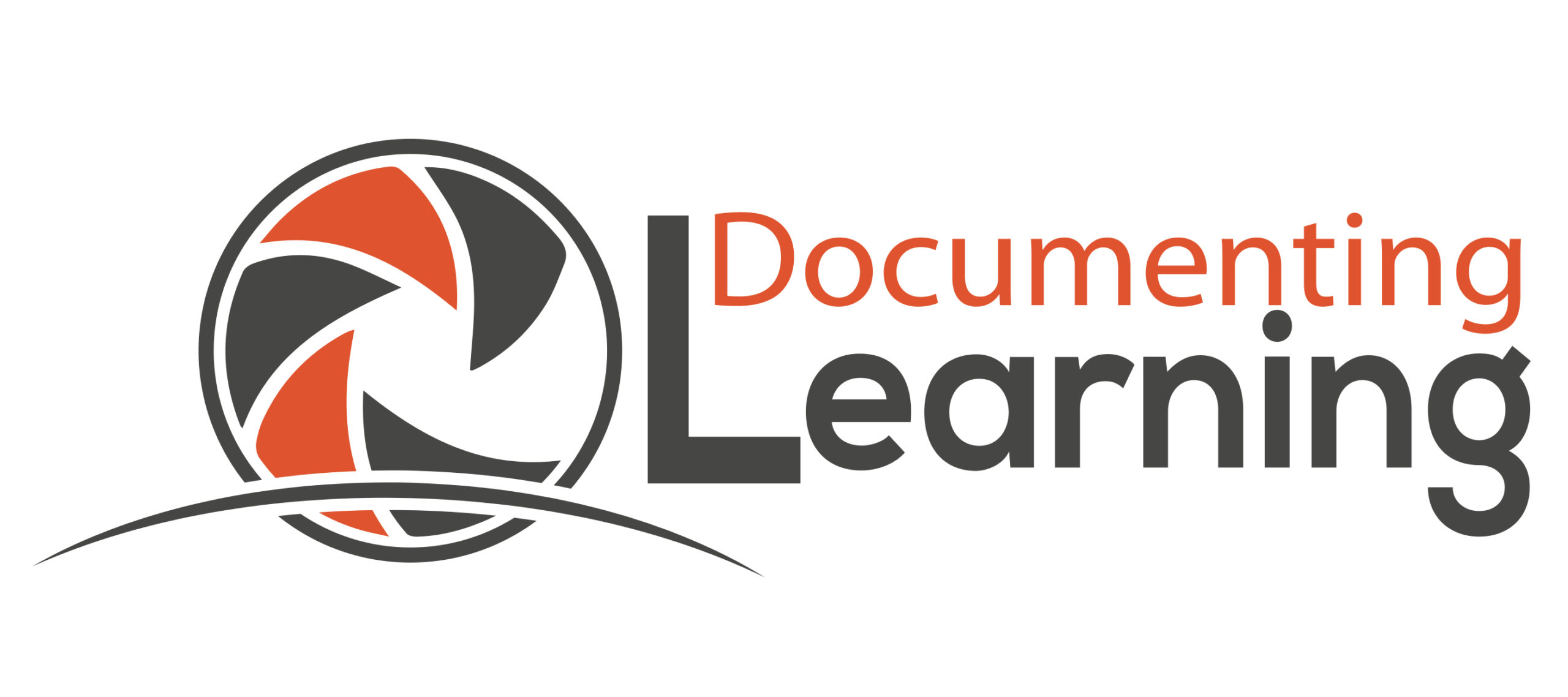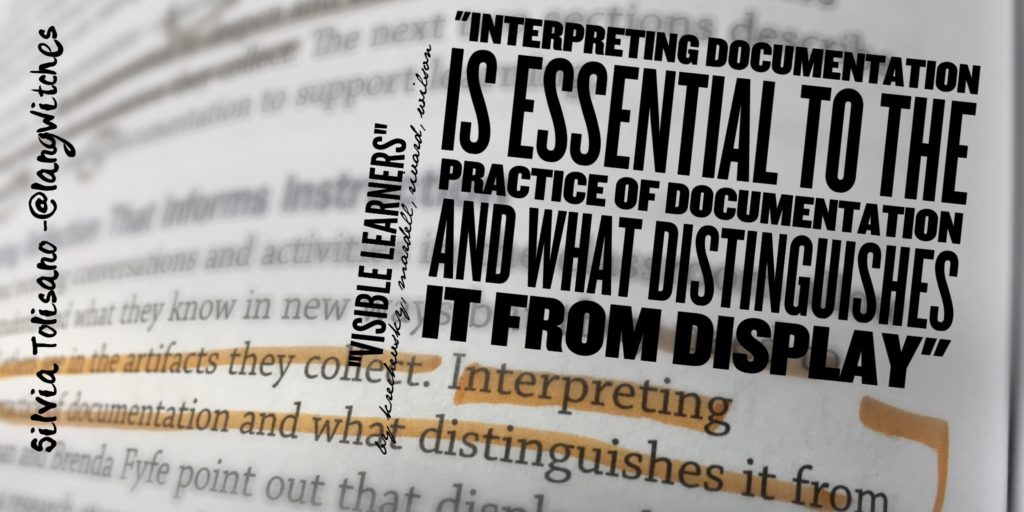Donna Miller Fry in a post Where is the Beef? speaks directly to my own thinking when she asks:
When we talk about “Visible Learning” and “Visible Thinking”, can we now focus more on the Thinking and Learning than on the Visible?
I am thrilled that more and more educators are aware of the power of visible thinking in the learning process and even choose to snap an image, record a short video and/or write about the great things that are happening in their schools and their classrooms and then SHARE them via Twitter or their blogs.
But….
I can’t help but being unsatisfied most of the time and am reminded of a quote from the book “Visible Learners by Krechevsky, Mardell, Rivard and Wilson:
Interpreting documentation is essential to the practice of documentation and what it distinguishes it from display.
I would classify most of the “documentation” media I see being shared as a display! Mostly these images show a group of students “doing something”. It is a display of WHAT WAS DONE.

Don’t get me wrong, I have plenty of these documentation images of my own and they serve different purposes (memory trigger, timeline, moment in time), but to be able to use these media artifacts as something beyond “documentation OF learning”, we need to add value to these images, videos, audio or text artifacts to move to the level of “documentation FOR and AS learning”.
I have finally launched my Langwitches Instagram feed, dedicated to #documenting4learning. I want to make documentation visible at the FOR learning and AS learning level.

Simply by looking at the image or video, you might not see the documentation strategy that elevates the artifact as a strategic element of the learning process.
The annotation of the artifact or the description is what makes the documentation strategy (ex. using slow motion video), tool (ex. Post-It App to capture, organize and share analog artifacts) or the thinking / learning visible (ex. using speech bubbles to capture a thought).



THINK ABOUT IT
Be aware of the difference of making thinking and learning visible by placing emphasis on the THINKING and LEARNING part, not just the display of what was done.
CHALLENGE
I challenge you to contribute to #documenting4learning on Twitter and Instagram by adding the hashtag #documeningt4learning to your posts, so we can all learn with each other about quality documentation OF and FOR learning!
- Look for learning
- Capture learning (image, video, text, audio)
- Reflect on learning (add annotation, description)
- Share learning ( add #documenting4learning hashtag and post to Twitter or Instagram)



